How to Clean Windows Without Streaks | Easy Solutions
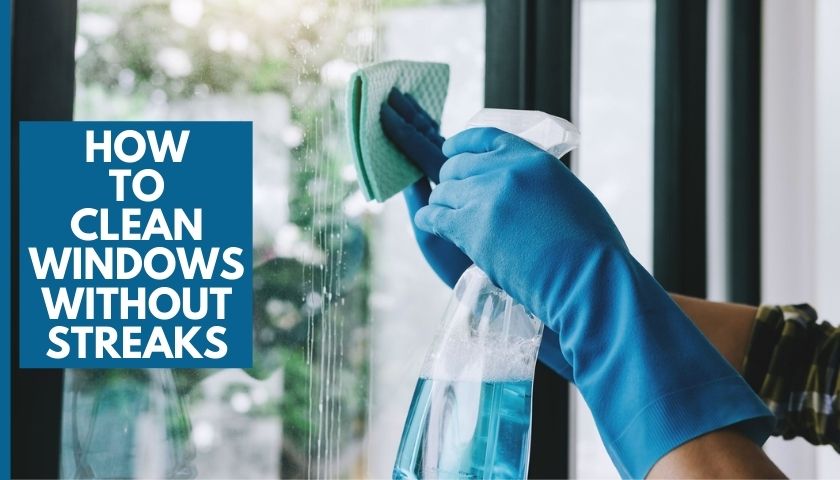
As an Amazon Associate I earn from qualifying purchases.
All of us want our windows to look clean and spotless. For that, we need to clean windows without streaks as often as possible. Clean and spotless windows allow entering more light into the house and make us feel closer to nature.
Cleaning windows properly can be tricky. It becomes a difficult task because streaks may come from your clean window carelessly. You need to avoid scratching and streaking windows while cleaning. The technique and tools that you use are keys to streak-free windows cleaning. Follow the discussed steps to know how clean your windows without streaks like a pro.
Contents
Why Are My Windows Streaky After I Clean Them?
Sometimes we notice streaks on windows after cleaning them. Most of the time, it is due to the remaining residue from cleaning chemicals.
If you clean the windows when the sun is up and the glass is warm, the windows will surely get streak marks. The cleaning solution will evaporate before you can clean while leaving streaks all over the window. To avoid that, you should clean windows on an overcast day.
What Windows Cleaner Should I Use?
Before you start cleaning your windows, you will need some windows cleaner. You can use homemade, or you can buy a window cleaner from the market.
- A solution of white vinegar and water
- A solution of water and dishwasher liquid
- Vinegar and newspaper
- Water and newspaper
- Window cloth
What Steps to Follow to Clean Windows Without Streaks?
You can easily make a window cleaner by using white vinegar. Its acidic formula effectively breaks down the streaky film that may build up on glass windows. Mix vinegar with normal water with a 1:10 ratio in a spray bottle or a bucket. Next, add some dishwashing agent to it. Then soak a sponge or a soft towel in this solution and clean the windows.
You should follow the instructions below to clean windows without streaks.
Remember, whatever solution you use, the cleaning process will remain the same as below; only the cleaning solution will change.
Step 1: Get the Stubborn Stains Off
Before you use the vinegar-soaked sponge to clean your windows, you must clean the dirt from it first. You can remove stains with vinegar-based cleaner. Spray vinegar on the stains and wait five minutes before washing them away. You can clean the stained area with a wet sponge as well.
Sometimes you may find tapes, paints, or sticky objects on the windows. To remove them, soak the area with your cleaning solution and use a scraper. The scraper should be kept at a 45 angle to the window. Take precautions as you move the scraper beneath the tape.
Step 2: Vacuum the Windows
Vacuum clean the windows before you clean them. It will remove extra dirt and dust from the glass. Cleaning them is necessary because when you use a sponge to clean the windows, it can pick up these specks of dust and create streaks. That’s why it is necessary to vacuum your windows.
You can use a small brush and attach it to the vacuum cleaner to clean the inside part of the windows. If you are going to clean outside windows, we recommend using a long hose attached vacuum or a pressure washer.
Related post: Karcher window vac wv2 plus review
Step 3: Use a Hose to Clean Outside Windows
Outside windows are often dirty because of dust from the outside. As leaving them can create streaks while cleaning the windows, you should clean them up as much as possible. Spray all of the outside windows with a spray nozzle-equipped hose. It will remove most of the dirt clinging to the outside windows.
Step 4: Clean the Windows
Soak the sponge or the towel in the bucket of the cleaning solution. Then bring it up and gently squeeze it so that it isn’t fully wet. Wipe the sponge over the whole window pane. Apply some pressure to ensure that the cleaner is evenly applied. Clean every section of the windows until no dirt remains. Before going on to the next window, clean and thoroughly dry the previous one.
Step 5: Dry the Windows Using a Clean Cloth
After coating the windows with the cleaning solution:
- Wipe them with a rubber squeegee.
- Begin at the top and move down in horizontal swipes from one side to the other.
- After finishing a stroke, use a dry cloth to wipe the squeegee.
- During each swipe, be sure the squeegee is in contact with the windows.
- Remember, it is essential to use the squeegee ideally to get streak-free clean windows.
Step 6: Remove Any Excess Water
After cleaning a window, remove extra water by wiping it with a dry cloth or towel. Also, a newspaper or a microfiber towel will be beneficial at this point. Drying this extra water doesn’t remove streaks, but it helps with preventing mold in the windows. After cleaning one or two windows, the water solution will become dirty. Replace it with a clean solution whenever you need it. Dirty water leaves dirt that causes streaks on the window.
How often should you clean your windows?
Before scheduling your next window cleaning session, ask yourself the below question.
- Do you live nearby a close street?
- Do you live in an area of high wind?
- Is remodeling happening in your house?
- Are there lots of trees surrounding your house?
- Is there any construction work running surrounding your house?
For Residential Windows:
Clean your windows thrice a year, if any of the answers is YES. If NO, schedule your window cleaning session twice a year.
For Commercial Windows:
Commercial windows need to be cleaned more often regardless of the answer to the above questions. Once a week is a good enough cleaning schedule for commercial windows.
Frequently Asked Question (FAQ)
What Is the Effective of Clean Outside Windows?
Outside windows are often dirty because of dirt from outside. To clean them precisely:
- Use a hose first and clean most of the dirt, dust, and debris.
- Get a bucket filled with a window cleaner solution and apply it to the windows.
- Use a squeegee to remove the solution and wipe the window with a dry cloth. If the outside windows are high from the ground, use a sponge mop and add it to a pole.
Is Baking Soda Good for Cleaning Windows?
You can use baking soda to make your window cleaner solution. If you clean your windows with it, they become gleaming and sparkling. This cleaner is non-toxic and doesn’t contain any harmful components. Baking soda is a corrosive substance. Use it on coated, non-delicate glass surfaces only. Avoid using baking soda solution on antique glasses as it may leave scratches on them.
What Causes Window Haze?
There are several reasons behind forming window haze. The primary reason is plastic or vinyl fumes. When plastic and vinyl get burned, they vaporize into the air. After that, they can settle on the window surface, causing a haze. Another reason behind window haze is acid rain, tree sap, or hard water. They can create window haze as well.
Does vinegar leave streaks on glass?
Vinegar is a perfect cleaning agent when it comes to cleaning glass. The glass film breaks down quickly when it comes in contact with the vinegar and does not accumulate on the surface of the glass. So the chemical composition of vinegar makes it capable of cleaning glass without leaving any marks or streaks.
Conclusion
Windows with no streaks look fantastic and feel fresh. Do not rush while cleaning, as it can leave streaks on your windows. Clean them effectively so that they look great. It’s all part of maintaining and caring for your windows. If you still can’t figure out how clean your windows without streaks, do not hesitate to call for professionals to help you deal with this problem.
As an Amazon Associate I earn from qualifying purchases.



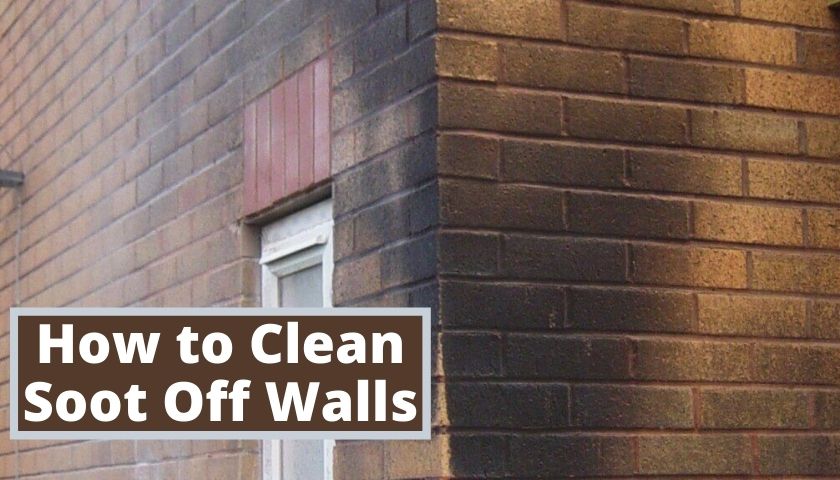
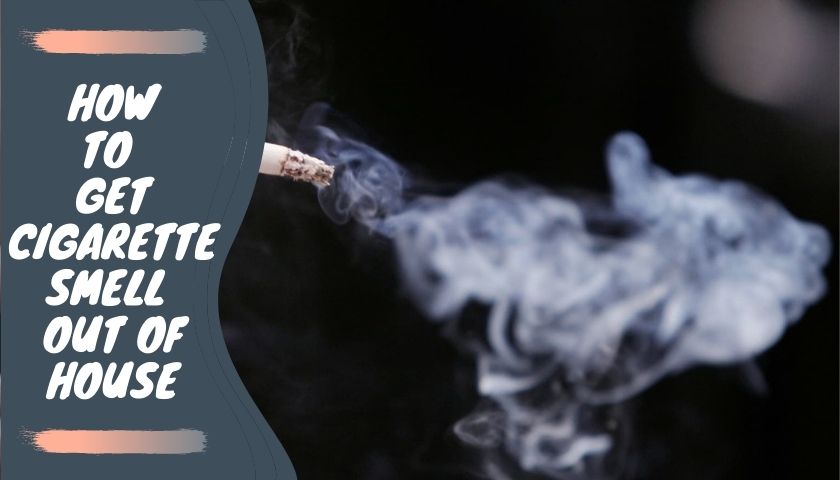
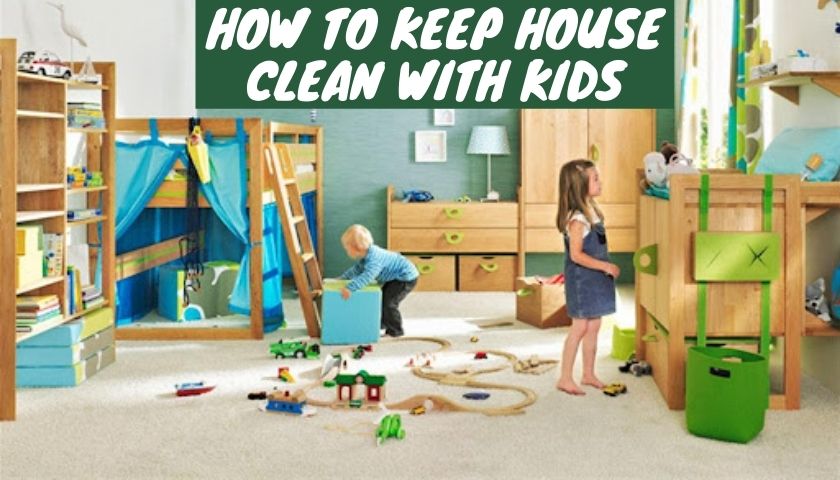
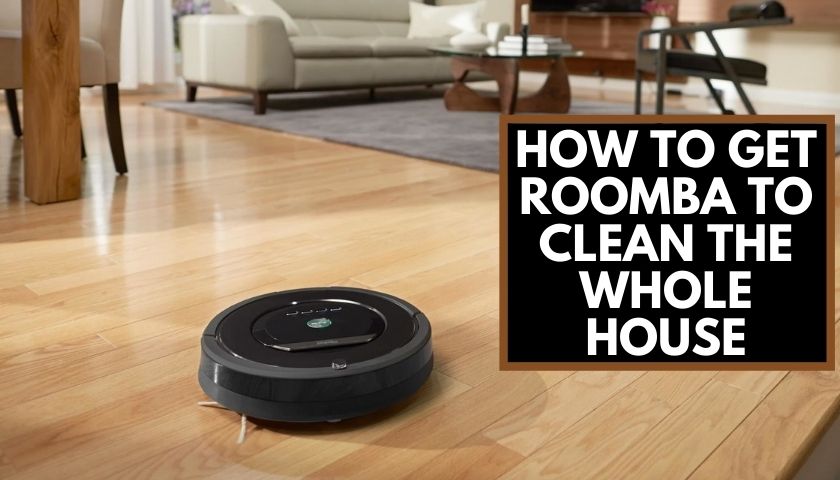


[…] You can also read: How to clean windows without streaks […]